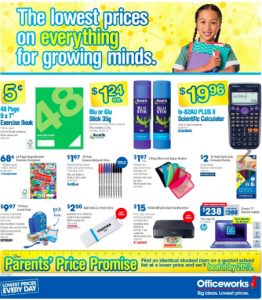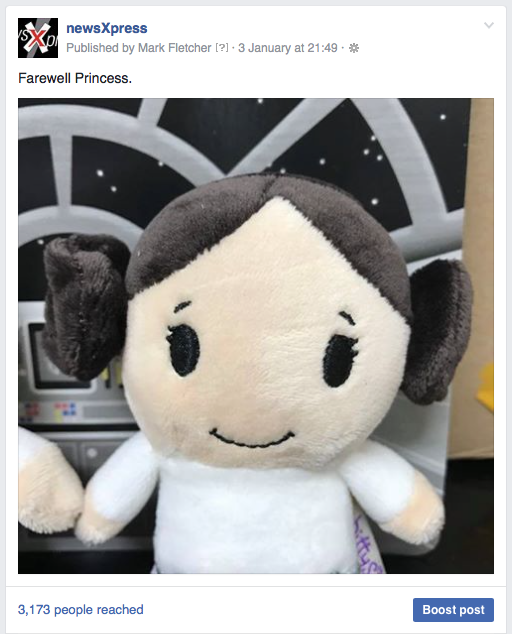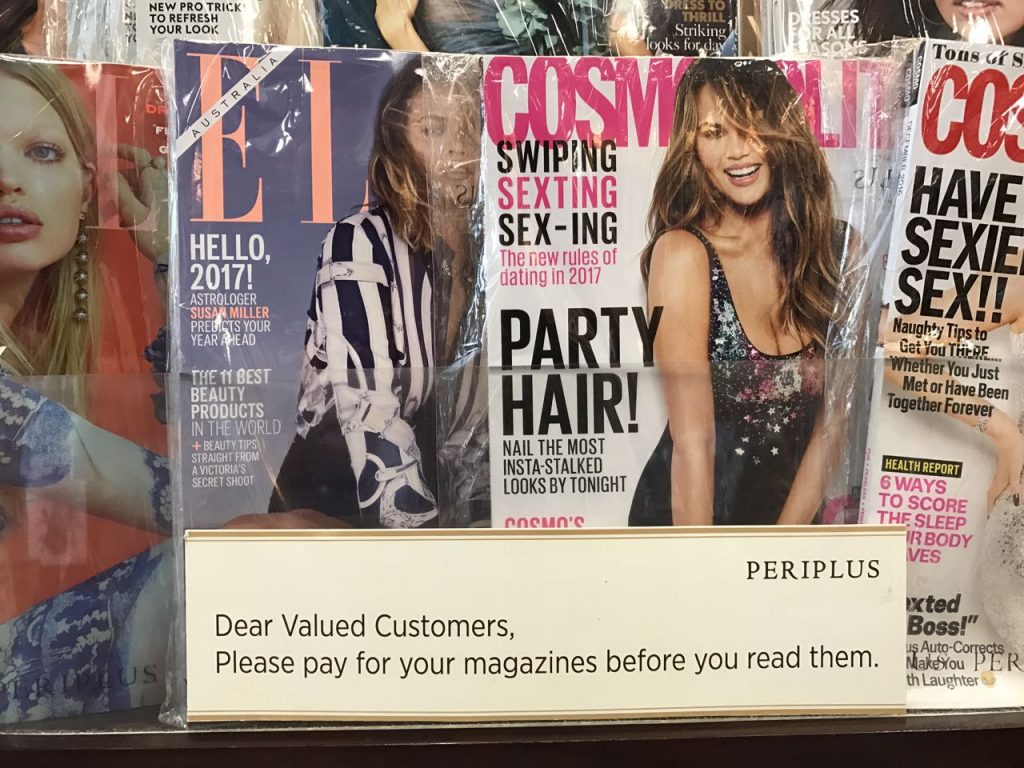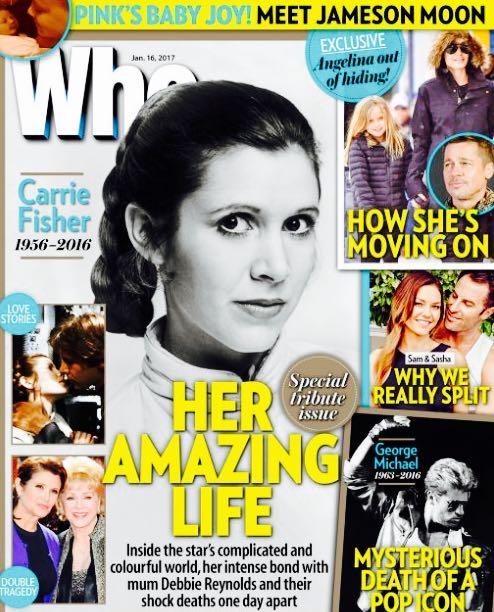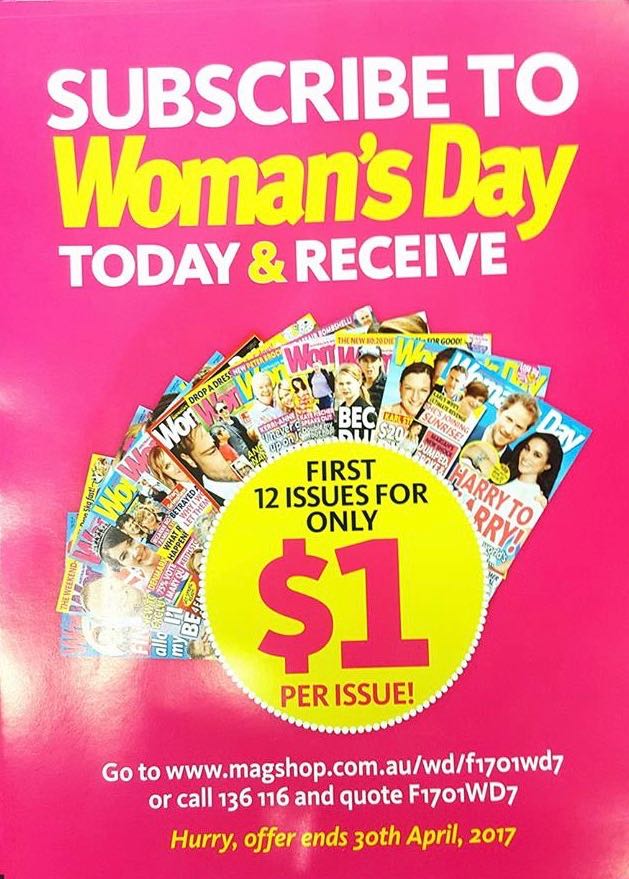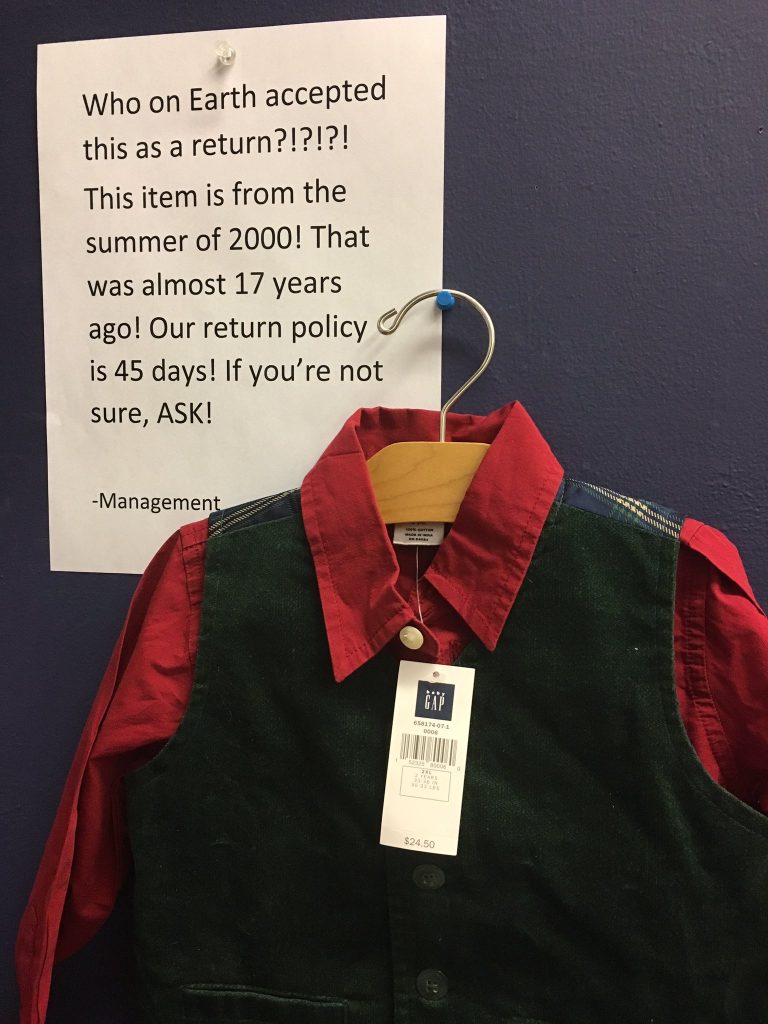While newsagents and other high street lottery retailers have the $55 million Powerball jackpot posters out and those with the screens have digital posters showing, it is on phone and online where purchases are being snared, in seconds.
We know from countless studies every year how much online advertising is growing as is online purchases. Such studies often offer comfort to high street retailers saying online searches play a role in in-store purchases. Not so with lottery purchases.
It is so easy. You can have the ticket purchased seconds after seeing the ad.
This is where Tatts and others are winning online sales – as I would hope from them if I was a shareholder.
Two years ago here I said online was the biggest threat confronting newsagents. I think this week we can see how that is playing out.
Yesterday, while reading Huffington Post on my phone, this ad came up:

I clicked on the ad and it took me here:
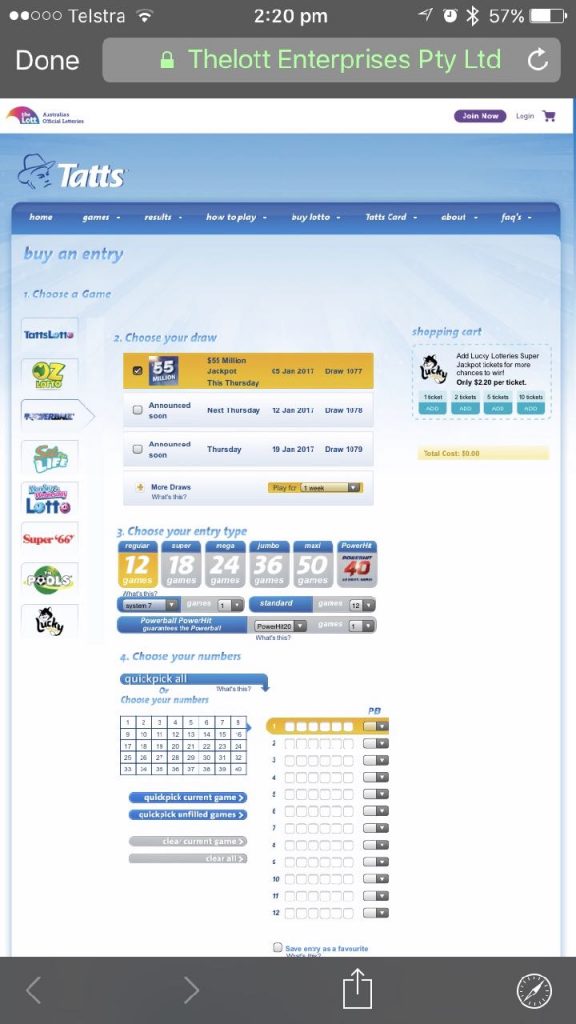
And here is a post that came up in my Facebook feed last night, a sponsored ad from Tatts:

And here is the OZLotteries online pitch from Facebook:
 A couple of seconds later with a few clicks from the ads I could have had a ticket in the $55 million Powerball jackpot on my phone.
A couple of seconds later with a few clicks from the ads I could have had a ticket in the $55 million Powerball jackpot on my phone.
In my opinion, online is the biggest threat to in-store purchases as from a consumer perspective it is easy, easy to purchase, faster to purchase, more easily managed than paper tickets and more relevantly engaging with the lottery ticket customer.
Newsagents can’t stop the growth of online purchases.
It is not just Tatts in play online, there is OzLotteries, a Tatts agent, Lottoland and other betting products including lottery products.
And when I talk about online I am really talking about mobile given that some research from Australia last year indicated that more than half of online purchases were made from mobile devices.
If a lottery purchase is an impulse purchase then online wins that game for the reasons outlined above.
I think there are two lines of action newsagents could / should consider:
- Having the right to pursue online sales.
- Achieving a more reasonable cost basis for in-store representation.
Being able to sell online will most likely not happen for contractual, management and other reasons so the focus of newsagents and those who represent them should be on the in-store corporate image cost.
Tatts should be reasonable about location in-store, space allocation, the actual fit required and the fees for the digital platform. The cost should drop 50% or more and the digital feed should be free. It should also be more flexible as to what newsagents can pitch with lottery products as that will make being in lotteries more sustainable for small business retailers.
Tatts can’t have it both ways. It can’t be a competitor that blocks other competitors online while forcing the physical store competitor to have a cost base that is not relevant to the changing circumstances of 2017. Online will be a beneficiary of the branding investment by newsagents. Time will tell the extent of the benefit.
Newsagents yet to invest in the new fit need to understand the cost to their business. They should determine how long it will take to earn the cost back. They need to be aware of the challenges of promoting a brand that is clearly migrating to an online model. These are things to contemplate before you spend a cent.


